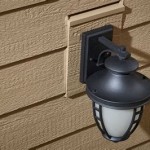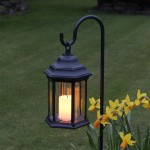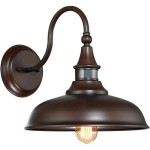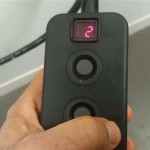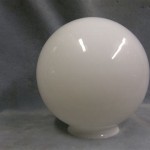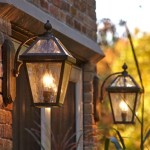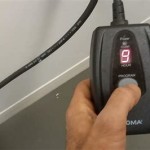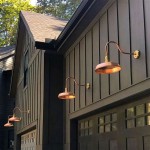How To Run Outdoor Speaker Wires
Installing outdoor speakers can greatly enhance your outdoor living space, providing you with high-quality audio for parties, relaxing, or simply enjoying your time outside. Running the speaker wires correctly is crucial for ensuring optimal sound quality and preventing any potential issues.
When running outdoor speaker wires, there are several essential aspects to consider. These include selecting the appropriate wire, determining the best route for the wires, protecting the wires from the elements, and properly connecting the wires to the speakers and amplifier.
### Essential Aspects of Running Outdoor Speaker Wires:1. Choosing the Right Wire:
Selecting the correct speaker wire is crucial for ensuring signal quality and durability. Outdoor speaker wires are typically thicker and more robust than indoor wires due to the additional exposure to the elements. Look for wires with a gauge of 14 or 16 AWG (American Wire Gauge), which provides a good balance between conductivity and cost.
2. Determining the Wire Route:
Plan the route for the speaker wires carefully before installing them. Consider the distance between the amplifier and the speakers, as well as any obstacles or potential damage risks along the way. Avoid running the wires over sharp surfaces or through areas with high foot traffic.
3. Protecting the Wires:
Outdoor speaker wires need to be protected from moisture, sunlight, and physical damage. Bury the wires underground using a trench at least 6 inches deep to shield them from the elements and accidental impacts. Use conduit or wire protectors when running wires above ground to prevent UV exposure and damage from animals or landscaping equipment.
4. Connecting the Wires:
Properly connecting the speaker wires to the speakers and amplifier is essential for sound quality. Use twist-on connectors or solder the wire ends for secure and reliable connections. Ensure that the polarity of the wires is maintained (positive to positive, negative to negative) to avoid phase cancellation.
5. Testing and Troubleshooting:
Once the wires are installed, test the system before sealing up the trenches or hiding the wires. Play music through the speakers and check for any sound issues. If you encounter any problems, inspect the wire connections and ensure the wire gauge is sufficient for the distance.
### Conclusion:Running outdoor speaker wires requires careful planning and attention to detail. By following these essential aspects, you can ensure that your outdoor speakers deliver high-quality audio and withstand the outdoor environment for years to come.

How To Cable Outdoor Speakers Wiring Guide K B Audio

10 Tips For Installing Outdoor Speakers

How To Install Outdoor Speakers An Easy Step By Guide

How To Install Outdoor Speakers An Easy Step By Guide

10 Tips For Installing Outdoor Speakers

How To Install Outdoor Speakers An Easy Step By Guide

Outdoor Speakers System Planning Guide

Outdoor Audio Wiring For Speakers Av Gadgets

Installing Outdoor Rock Speakers 8 Steps Instructables

How To Hide Wiring Speaker And Low Voltage Wire Diy Family Handyman
Related Posts
